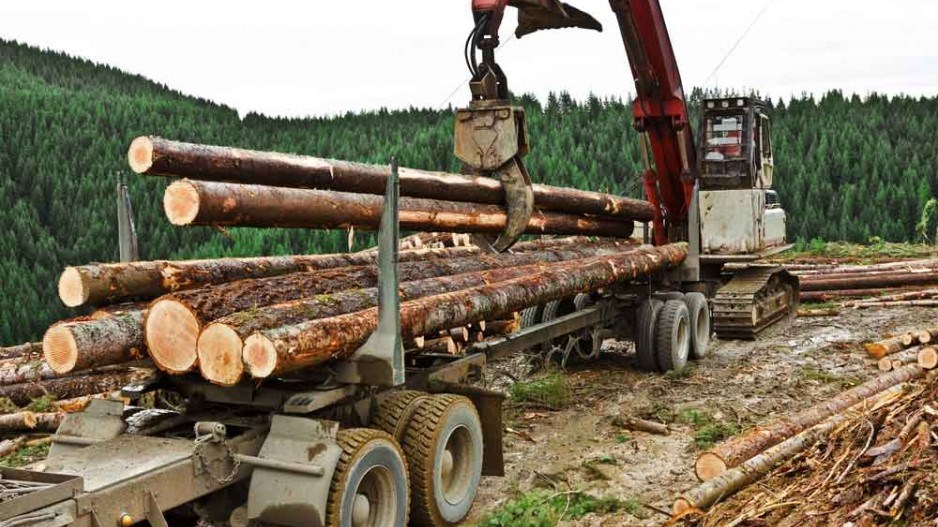The forest sector in British Columbia (B.C.) has experienced significant shrinkage over the past two decades. However, it continues to play a vital role in the economy, supporting one out of every six manufacturing jobs in the province.
The Economic Impact of the Forest Sector in B.C.
According to an economic impact study released by the B.C. Council of Forest Industries (COFI), the forest sector still sustains 49,000 jobs and contributes $17 billion annually to B.C.’s gross domestic product.
“This study demonstrates that the B.C. forest industry is one of the main drivers of British Columbia’s economic base, providing outsized benefits to living standards and government revenue by generating employment, value-added activity, and exports,”
COFI chief economist Kurt Niquidet.
Did you know? Some high demand forestry manufacturing jobs include Forestry Equipment Operator, Sawmill Worker, Forestry Technician, Logging Supervisor, Pulp Mill Operator, Wood Processing Worker, Quality Control Inspector, Forest Products Research Technician, Timber Grader, Wood Treatment Plant Operator
High Salaries and Economic Benefits
The forest sector in B.C. offers comparatively high salaries, with an average annual income of over $106,000. Additionally, it accounts for one out of every six manufacturing jobs in the province.
COFI’s chief economist, Kurt Niquidet, emphasizes that this study highlights the outsized benefits provided by the B.C. forest industry, including increased living standards, government revenue, employment generation, value-added activity, and exports.
Challenges Faced by the Forest Sector
“Coming out of the pandemic, 2022 was a highly volatile year for prices, not only for lumber but for many other commodities as well,”
“Forest product markets today are different and so are other economic dynamics in the sector. The industry has been challenged by rapidly changing market conditions, high costs, natural disturbances like fire and insects, and the impact of new public policies.”
COFI chief economist Kurt Niquidet
Despite its economic significance, the forest sector has faced numerous challenges in recent years. These include a declining timber supply, high operating costs, and American softwood lumber duties.
These factors have resulted in the closure of several sawmills and pulp mills. Furthermore, the forest product markets have undergone significant changes, and the industry has been impacted by market volatility, high costs, natural disturbances like fires and insects, and new public policies.
The Need for Stabilizing Fibre Supply
Niquidet points out that timber harvesting on Crown land has decreased by approximately 30% since 2021.
To ensure the sector’s stability and sustainability, efforts must be made to stabilize fibre supply and establish a more predictable path forward.
The demand for wood products, particularly for affordable and climate-resilient housing, is growing both locally and globally. However, the current shortage of timber for B.C. mills poses a significant challenge.
Without addressing these issues, the industry risks further losses in investment, infrastructure, and workforce required to seize new opportunities.

A Call for Collaboration
Niquidet emphasizes the importance of collaboration among industry stakeholders, government, First Nations, local communities, and workers.
Addressing the uncertainty surrounding fibre supply and attracting necessary investments are crucial steps in capitalizing on B.C.’s strategic advantage in the conservation and sustainable management of this renewable resource.
The direct and indirect economic benefits associated with the forest sector are closely tied to annual timber harvest levels, highlighting the need for collective action.
